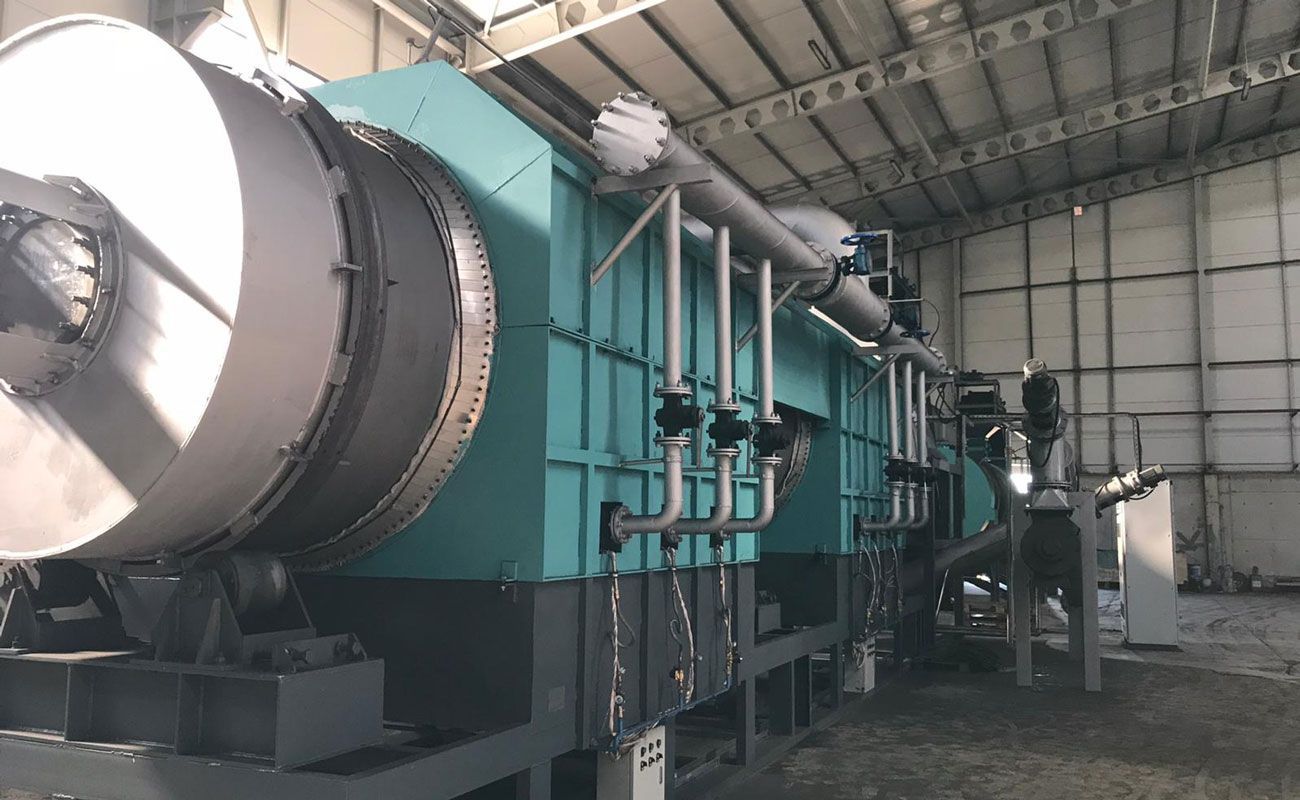Operational Continuity Strategies for Industrial Biochar Machine

Efficient, uninterrupted operation of a biochar machine requires a harmonized interaction of feedstock preparation, thermal control, mechanical integrity, and process automation. Sustained throughput depends not only on reactor performance but also on peripheral systems that ensure stable, predictable conversion of biomass into carbon-rich solids. The integrity of the continuous process relies on granular attention to both design parameters and operational protocols.
Feedstock Homogeneity and Moisture Regulation
Raw material inconsistency remains a primary factor in performance disruptions. Biomass with fluctuating particle size or moisture content leads to irregular thermal profiles inside the reactor chamber. To maintain thermal equilibrium, biomass input must be preconditioned to meet specific granulometry and moisture benchmarks — typically ≤15% for optimal pyrolytic efficiency.
Chipping, drying, and screening units should be integrated upstream of the biochar equipment. In tropical or humid regions, solar drying may be supplemented with waste heat from the condenser system. Uniform feed ensures that combustion zones within the reactor remain stable, avoiding temperature oscillations that can trigger process stoppages or carbon quality degradation.
Precise Control of Pyrolysis Parameters
The continuity of biochar pyrolysis machine is highly sensitive to the thermal regime within the reactor. Maintaining target temperatures, typically between 450°C and 650°C, is critical. Excessive temperatures lead to over-carbonization and structural compromise of the reactor lining, while low temperatures yield incomplete devolatilization and reduce product yield.
A robust control system must regulate biomass feeding rate, residence time, and reactor temperature. Thermocouple sensors should be strategically positioned throughout the pyrolysis zone and continuously monitored by a PLC (Programmable Logic Controller). Feedback loops can automate adjustments to feeding augers and air intake valves to prevent thermal imbalance.
Integration of Syngas Recycling for Process Heating
Continuous pyrolysis demands a consistent heat source. Utilizing the non-condensable fraction of syngas as a thermal energy carrier reduces reliance on auxiliary fuel and enhances system autonomy. Gas burners, calibrated to match reactor heat demand, can draw directly from the internal gas collection line, closing the energy loop.
To prevent burner fouling or pressure inconsistencies, a gas cleaning module — typically consisting of a cyclone separator, spray tower, and oil-water separator — must be maintained at peak operational readiness. Clean gas combustion supports sustained high-temperature zones with minimal emissions and low downtime.
Ash Discharge and Conveyor Synchronization
Carbon residue and ash must be extracted continuously without interrupting upstream processes. If the discharge system lags or jams, thermal flow may be blocked, triggering a cascade of failures. A screw conveyor system with variable-speed control allows the outflow to match the carbonization rate precisely.
Thermal insulation of the discharge section is necessary to preserve temperature gradients and prevent condensate formation, which could introduce water into the char stream. In advanced setups, water-cooled or nitrogen-purged discharge chambers prevent spontaneous combustion and oxidation of the finished biochar.
Scheduled Preventive Maintenance and Wear Management
Refractory lining degradation, bearing fatigue, and corrosion of flue gas ducts are gradual but inevitable in high-temperature environments. Predictive maintenance systems, including vibration monitoring, thermographic inspections, and real-time wear analytics, are essential to pre-empt mechanical failures.
Consumable components — gaskets, chains, bushings, and thermocouples — should follow a replacement cycle based on operational hours, not failure events. Spare part inventory and skilled technical support must be localized or rapidly accessible to prevent extended outages.
Automation and Remote Monitoring
Digital supervision is a cornerstone of 24/7 biochar machine operation. Modern units incorporate SCADA (Supervisory Control and Data Acquisition) systems that allow remote diagnostics, anomaly detection, and data logging. Alerts for temperature excursions, feed interruptions, or gas pressure drops enable fast intervention before process disruptions escalate.
Integrated software platforms can optimize energy input per kilogram of char produced, providing operators with actionable efficiency metrics. These insights, over time, enable continuous process refinement and operational resilience.
